
The study, published recently in Carbon Management, collates published estimates of how much carbon is stored globally within soil. The findings draw attention to the extent to which changing the way land is used contributes to rising atmospheric CO2.
Accurate knowledge about the quantity of carbon stored in soils is important because the greenhouse gas CO2 is often emitted when land use is changed, either through human activities such as agriculture or natural forces such as flooding. Carbon emissions resulting from changes in land use and land cover are the second largest source of human-caused carbon emissions to the atmosphere after emissions from fossil fuel combustion.
To date, however, most policies aimed at reducing CO2 emissions have focused on carbon stored in plants, despite the fact that more carbon is stored in soils than in plants. The majority of carbon stored in the soil is the result of millennia of decomposition of organic matter. Estimates of global organic soil carbon stocks are uncertain, and carbon emissions from land use and land cover change remain the least understood component of the global carbon cycle.
Following an extensive examination of the literature on soil carbon published over the last 60 years, a group of researchers from Sussex, Cambridge and Italy have collated estimates of global soil organic carbon stocks. The study’s leader, Dr Jörn Scharlemann, previously at the United Nations Environment Programme World Conservation Monitoring Centre in Cambridge, described his team’s findings as a call to arms: “It’s really surprising – although the first soil carbon map we found dates back to the 1950s, we probably still know more about the moon than about soil carbon.”
Maps of global carbon distribution show that most soil organic carbon is stored at northern latitudes, with a significant quantity locked up in permafrost regions. As co-author Dr Ed Tanner, of the Department of Plant Sciences, explained, “Broadly speaking, in cool, temperate parts of the world, more carbon is stored in soil than in plants, and in tropical, warm areas, more carbon is stored in plants than in the soil. If we’re interested in conserving carbon, which we ought to be, we ought to conserve soils in temperate regions, and plants in tropical regions”.
The accuracy of distributional data for global soil organic carbon stocks is not consistent across the globe, however. While some regions, including China and Europe, have been mapped at a high resolution, the majority of the data comes from coarse resolution soil maps dating back to the 1970s. Furthermore, existing maps usually only provide data on carbon stocks to a depth of 1 m. In parts of the world, however, organic soils can be up to 11 m deep, with the result that these soils contain more organic carbon than is indicated on the distribution maps.
“Climate change models are currently using soil carbon estimates that vary by an order of magnitude. We’re creating scenarios of climate change, and basing decisions on these scenarios, even though the input data are actually really uncertain,” said Dr Scharlemann.
The work by Dr Scharlemann and his co-authors was funded by a grant from the Cambridge Conservation Initiative, which was used to hold a workshop on soil carbon that brought together researchers, policy makers and conservation practitioners. One of the key issues arising from the workshop, which this paper highlights, is that decisions on soil carbon management require an improved understanding of the global variation in carbon stocks, as well as their importance relative to carbon stored in vegetation.
The researchers call for existing estimates of global organic carbon stocks to be improved through the collection of more data on soil profiles, sampling soil carbon to greater depths, and the use of standardised sampling and modelling techniques. In recent years, new techniques, such as remote sensing, have become available, which could be used to estimate the amount of organic matter in soils.
Policies designed to reduce emissions of carbon have not fully considered the effects of land use and land cover change on soil organic carbon stocks and their emissions, despite significant losses of soil carbon. In some cases, for example, up to 50% of soil organic carbon is lost when native vegetation is converted to cropland.
The researchers urge policy and decision makers to recognise the importance of soil organic carbon in the global carbon cycle and in climate change mitigation. “Policy makers need to take soil carbon into account, but to do this they need better information on the total amount of carbon stored in soils and where it’s distributed,” said Dr Scharlemann.
Loss of soil organic carbon can be slowed, halted, and even reversed through various techniques, including reduced tillage of the soil, the addition of manure and the practice of agroforestry. Dr Tanner explained: “It’s not easy to manage soil carbon – you can’t just put it back. Trying to keep the soil carbon we have already is important, as its loss is not easily remedied”.
Scharlemann, Jörn P.W., Tanner, Edmund V.J., Hiederer, Roland & Kapos, Valerie (2014) Global soil carbon: understanding and managing the largest terrestrial carbon pool. Carbon Management, 5(1), 81-91.
The first comprehensive overview of the world’s largest terrestrial pool of carbon highlights the importance of soil carbon conservation in mitigating global climate change.
This work is licensed under a Creative Commons Licence. If you use this content on your site please link back to this page.



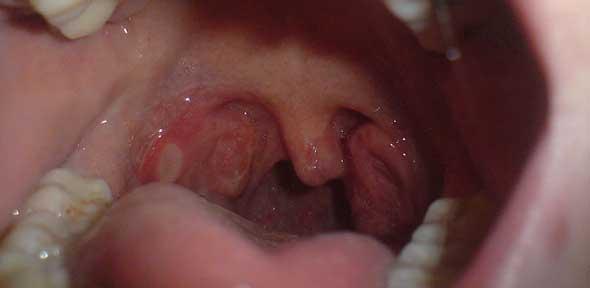

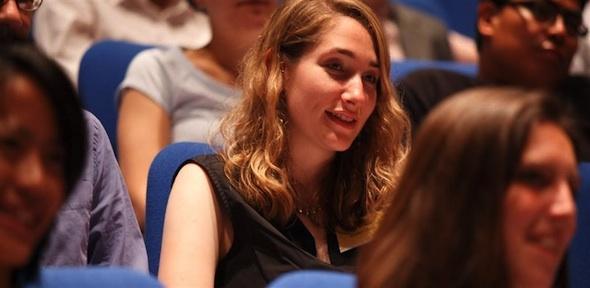






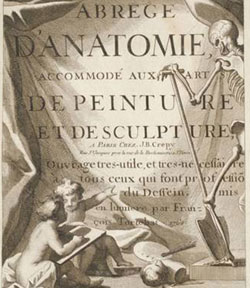
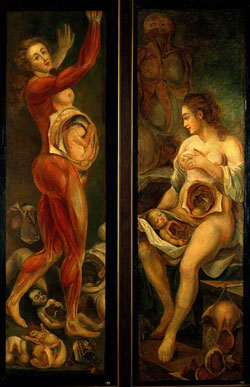
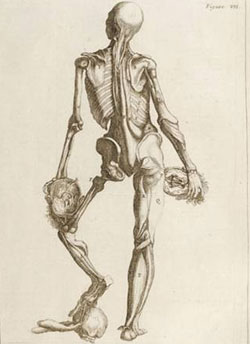



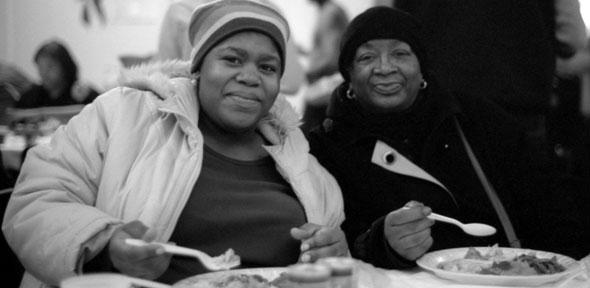





 Afako, who wrote the preface to the book, describes Nouwen’s story as an “intimate and respectful `fly on the wall’ account”. Nouwen realises that this fly-on-the-wall account will not delight everyone: “Some of the people to whom I presented the book, and were so pleased to receive it, may not be so happy once they have read it as it critically discusses the moves of all actors involved, whether the ICC, government officials or NGOs. But then again, that critical perspective is the scholar’s most persuasive business card.”
Afako, who wrote the preface to the book, describes Nouwen’s story as an “intimate and respectful `fly on the wall’ account”. Nouwen realises that this fly-on-the-wall account will not delight everyone: “Some of the people to whom I presented the book, and were so pleased to receive it, may not be so happy once they have read it as it critically discusses the moves of all actors involved, whether the ICC, government officials or NGOs. But then again, that critical perspective is the scholar’s most persuasive business card.”










